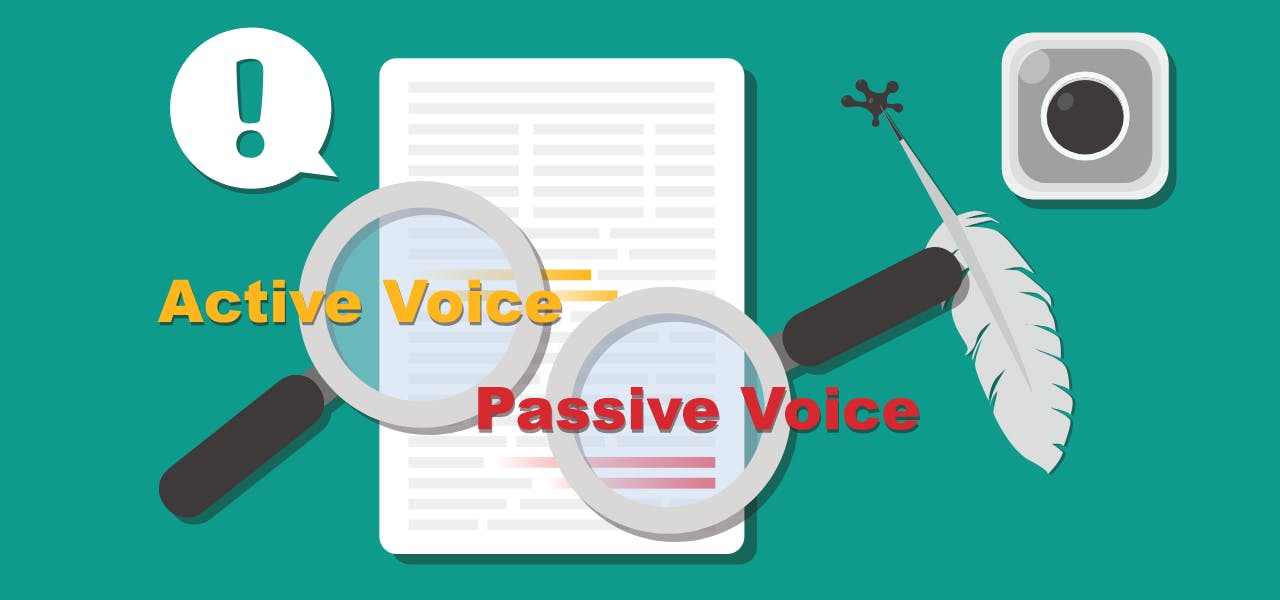The life of a researcher may sound exciting to those on the outside - spending your time trying to find answers to all the questions that intrigue you and trekking the world to find them! In reality, though, most of your time is likely spent in a classroom or institution completing professorial tasks or writing papers to appease the ‘publish or perish’ mindset of scholarly work.
The requirements of research papers as a scholar are far more strict than they are in any other field. There are scientific rules that must be followed, as well as structural formats. One of these expectations is that you sound like an expert, which requires you to adopt multiple levels of speaking in your paper through active and passive voice. Even though this skill is difficult to learn and master, doing so can help you to increase your scholastic expertise.
What are Active and Passive Voices?
As students, we learn the basics of active and passive voice throughout our education, but the general idea is that passive is weak and active is the goal. The truth is that, if you do it right, passive voice has a purpose.
Sometimes, the passive voice sounds smoother and more polished than an active similar sentence. Learning the difference between the two can help you decide when to use which voice.
In grammar, active and passive voice refers to how you construct an idea to communicate information about the action. Each refers to the relationship between the verb and the subject or object in the sentence. The way you devise your sentence, using one of these two voices, determines the clarity the reader receives on what you are trying to say. Active voice is frequently advised for the most clarity, but engaging in passive voice helps to prevent redundancy.
How Do These Writing Styles Improve Your Paper?
In your paper, using active voice makes it clear to your reader where the action is focused in each sentence. The subject should always precede the verb so the reader’s attention is on the object in question, not the action. But when you want to stress the relationship between what you are working on and the results, passive voice might be a better choice.
In passive voice sentence construction, the subject is left out and the verb and object are the focus. This is often the preferred way to write sentences when you want the outcome to be heard, but the actual person or subject who performed the outcome or action is not important or relevant.
Scholarly writing should always emphasize clarity through precise, non-repetitive text. Deciding whether to use the active or passive voice to do so is your choice as the writer, but the thought to keep in mind is whether or not the subject is truly necessary or the relationship between the outcome and the object is the main focus.
You can use the passive voice optimally when you want to:
- Continue an idea after the reader already knows who or what the subject is without repeating yourself
- Provide background about the topic or research study, add context, or explain an idea in greater depth
- Focus on the object, not the subject, and the results of the action rather than the action
- Adjust your sentence structure to avoid monotony
Different styles of writing serve multiple purposes, and different journals may require you to write a certain way. Check with the author guidelines provided by all publishers before you submit your manuscript to ensure your style is compatible with what the journal requires.
